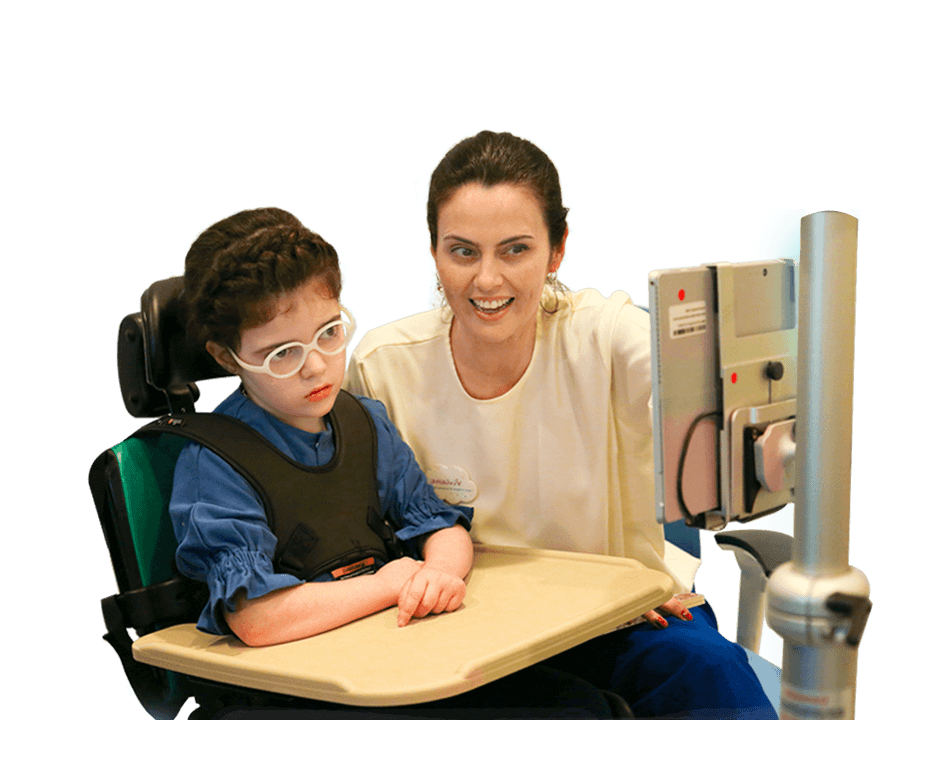The Causes, Signs And Challenges Of Pediatric Autism
Pediatric autism, a neurodevelopmental disorder, manifests early in childhood and significantly impacts social interaction, communication, and behavior. Understanding this complex condition is essential for parents, caregivers, and educators to provide effective support and enhance the well-being of children on the autism spectrum. Find here the best pediatric autism center for your child.
Defining pediatric autism:
Pediatric autism, often referred to as Autism Spectrum Disorder (ASD), encompasses a broad range of conditions characterized by challenges in social interaction, communication, and repetitive behaviors. The term “spectrum” reflects the diverse ways in which autism presents itself, ranging from mild to severe.
Early signs and diagnosis:
Recognizing early signs of autism is crucial for timely intervention. Common indicators include delayed speech development, limited social engagement, repetitive behaviors, and an intense focus on specific interests. Diagnosis often occurs between the ages of 2 and 3, involving complete assessments by healthcare professionals, psychologists, and speech therapists.
Autism spectrum variability:
One key aspect of pediatric autism is its variability. No two individuals with autism are exactly alike. The spectrum encompasses different strengths, challenges, and levels of functioning. Some may excel in specific areas such as mathematics or art, while facing difficulties in social situations.
Multifactorial causes:
The exact causes of autism are multifactorial, involving a combination of genetic and environmental factors. While specific genetic mutations are associated with an increased risk, environmental influences during pregnancy and early childhood can also contribute to the development of autism.
In addition, children with autism often exhibit challenging behaviors, which can include meltdowns, sensory sensitivities, and difficulty adapting to change. Repetitive behaviors, such as hand-flapping or insistence on routine, are common. Understanding and addressing these behaviors are key components of managing autism.
Communication challenges:
Communication difficulties are a hallmark of autism. Some children may have delayed speech development, while others may struggle with nonverbal communication cues. Speech therapy plays a crucial role in supporting language acquisition and improving communication skills for children on the spectrum.
Early intervention is fundamental in supporting children with autism. Applied Behavior Analysis (ABA), speech therapy, occupational therapy, and social skills training are common interventions. Individualized treatment plans are tailored to address the unique needs of each child, focusing on enhancing communication, social interaction, and daily living skills.
